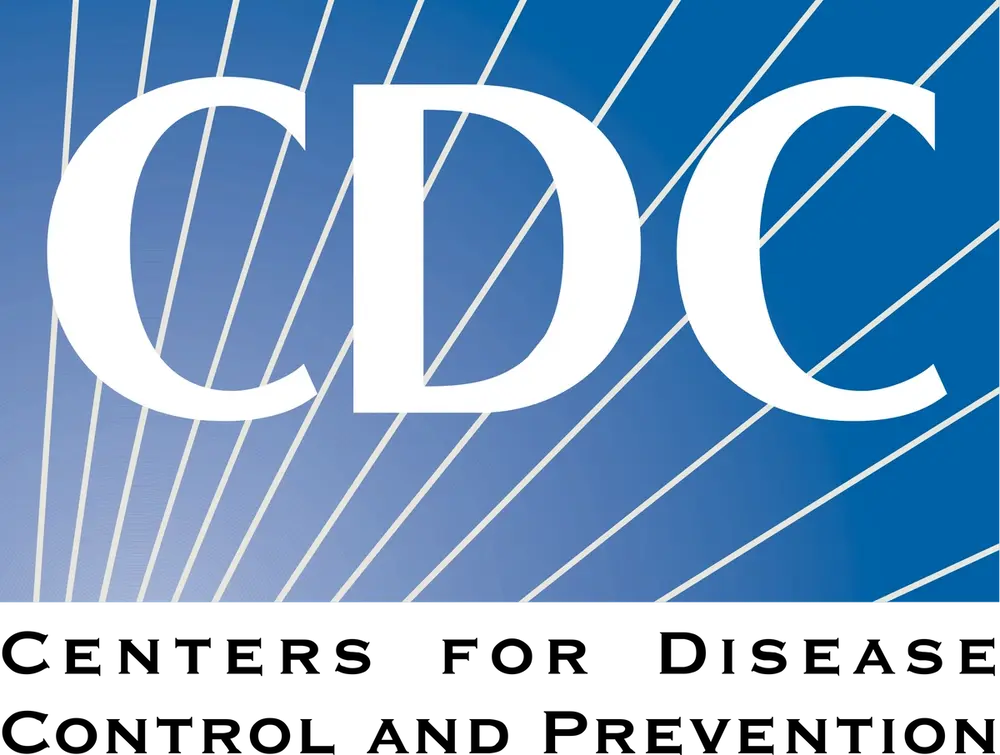Yesterday afternoon, the Centers for Disease Control and Prevention (CDC) issued a Health Alert Network (HAN) Health Update regarding the ongoing mpox outbreak that has been happening in the Democratic Republic of Congo (DRC) since last year.1
Late last month, the African countries of Burundi, Rwanda, and Uganda, which sit on the eastern border of DRC, report there have been confirmed cases of mpox, with some cases having links to DRC. Rwanda and Uganda have confirmed these cases are because of clade I MPXV; in Burundi, clade-specific testing is underway, but cases are presumed to be clade I due to DRC’s proximity, according to the CDC warning.1
Clade I and Clade II Mpox
Mpox has two distinct genetic clades (subtypes of MPXV), I and II, which are endemic to central and west Africa, respectively. Clade I mpox has previously been observed to be more transmissible and to cause a higher proportion of severe infections than clade II MPXV. The ongoing global mpox outbreak that began in 2022 is caused by clade II MPXV, and cases continue to be reported worldwide.1
Clade I outbreaks are deadlier than clade II outbreaks, according to the World Health Organization.2
A major emergence of mpox linked to clade II began in 2017, and since 2022, has spread to all regions of the world. Between July 2022 and May 2023, the outbreak was declared a Public Health Emergency of International Concern. While that outbreak has largely subsided, cases and deaths continue to be reported today, illustrating that low-level transmission continues around the world.2
WHO says the confirmation of sexual transmission of clade I was further established by the reporting in September 2023 of several new cases exposed through sexual contact with a known case in Kamituga health zone, in South Kivu province. Since then, the number of cases reported in South Kivu has continued to increase, including among sex workers and their contacts, and from an increasing number of health zones.2
This particular outbreak has been problematic for a few different reasons explain health officials. Challenges associated with it include the geographic expansion to previously unaffected areas, the appearance of this novel strain, the observed sustained community transmission driven by sexual transmission and other forms of close physical contact in the eastern part of the country, resource constraints to respond over such a wide geographic area, limited public awareness of mpox, the insufficient availability of treatment kits and lack of vaccines to date, multiple competing public health priorities, and insecurity. Based on the situation, WHO says there is a high risk associated with mpox in the Democratic Republic of the Congo.3
What You Need to Know
The ongoing mpox outbreak in the Democratic Republic of Congo (DRC) has spread to neighboring countries like Burundi, Rwanda, and Uganda.
Mpox has two main genetic clades: Clade I, which is endemic to central Africa, and Clade II, found in West Africa. Clade I is more transmissible and causes more severe infections than Clade II. The global outbreak that started in 2022 is mainly driven by Clade II, while Clade I continues to cause significant outbreaks in central Africa.
The outbreak poses multiple challenges, including its geographic expansion, sustained community transmission (partly driven by sexual transmission), limited public awareness, resource constraints, and insufficient availability of treatment kits and vaccines.
Disease Presentation, Treatment
Patients who present with mpox, can exhibit a number of symptoms including: rash that may be located on the hands, feet, chest, face, mouth, or near the genitals; fever; chills; swollen lymph nodes; fatigue; myalgia (muscle aches and backache); headache; and respiratory symptoms like sore throat, nasal congestion, and cough.1
In terms of treatment, there are no FDA-approved therapies; however, clinicians may be able to prescribe antivirals such as cidofovir or tecovirimat. These therapies are approved to treat other viral infections such as smallpox. More often, mpox is a self-resolving disease for patients and typically lasts 2 to 4 weeks.4
US Considerations
As of right now, CDC says this outbreak is not affecting the United States; however, in recent years there has been outbreaks in the US and the federal agency continues to issue caution. The agency recommends clinicians in the United States maintain a heightened index of suspicion for mpox in patients who have a recent travel history to DRC or to any country sharing a border with it and presenting with symptoms of the virus. 1
References
1. Mpox Caused by Human-to-Human Transmission of Monkeypox Virus in the Democratic Republic of the Congo with Spread to Neighboring Countries CDC. August 7, 2024.Accessed August 8, 2024.
https://emergency.cdc.gov/han/2024/han00513.asp
2. WHO releases a strategic framework for enhancing prevention and control of mpox. WHO news statement. May 24, 2024. Accessed August 8, 2024.
https://www.who.int/news/item/24-05-2024-who-releases-a-strategic-framework-for-enhancing-prevention-and-control-of-mpox
3.Mpox - Democratic Republic of the Congo. WHO. June 14, 2024. Accessed June 26, 2024.
https://www.who.int/emergencies/disease-outbreak-news/item/2024-DON522
4. Mpox. Cleveland Clinic. Assessed August 8, 2024.
https://my.clevelandclinic.org/health/diseases/22371-monkeypox

